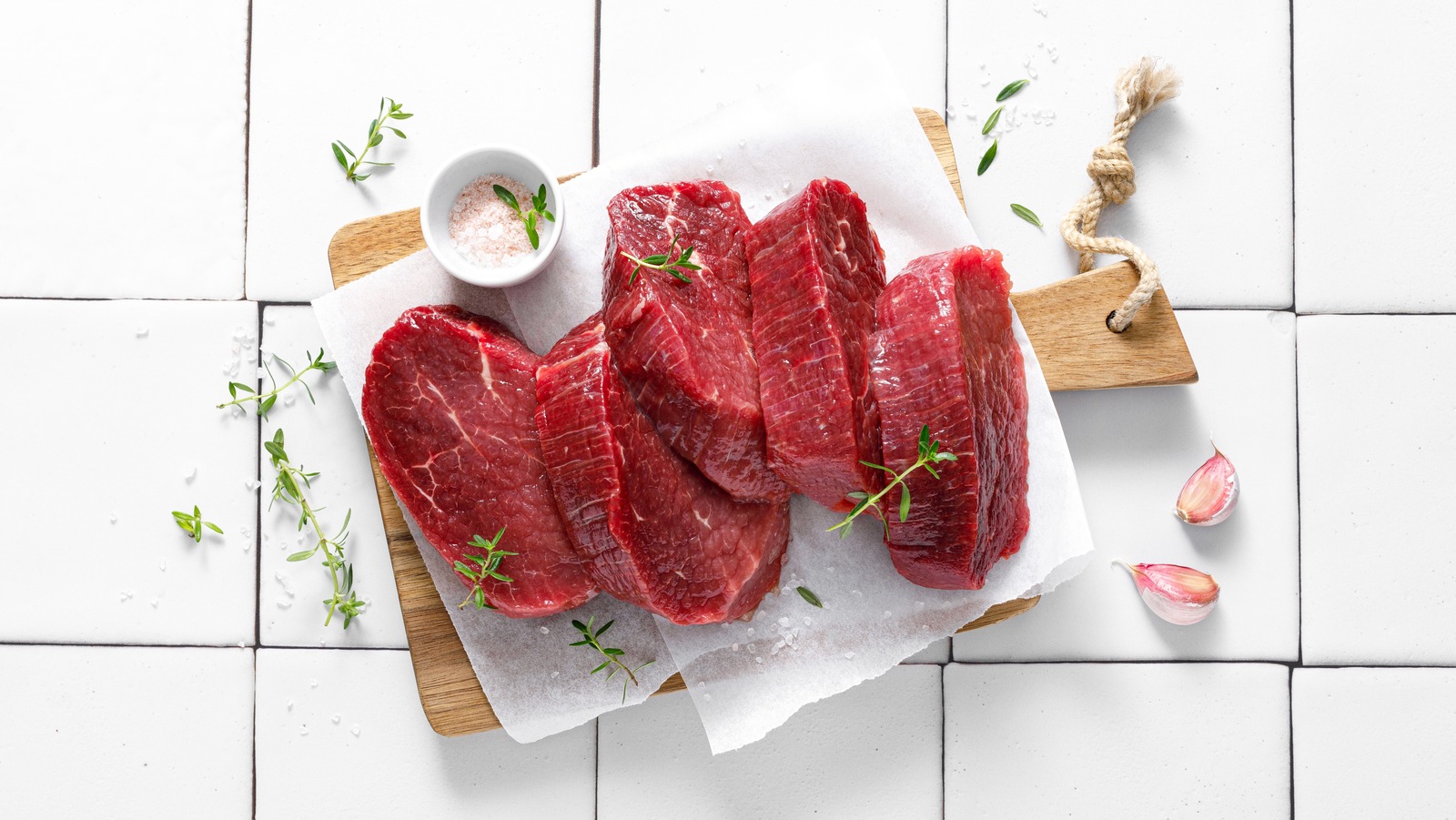
"There's a reason why whole tenderloins look so "clean" and succulent with little to no surface fat at all. Professional butchers have gone through each one and removed every bit of fat, silver skin (a type of chewy connective tissue), and the chain muscle. The result is basically pure, lean meat - the prized psoas major muscle of the cattle."
"Meanwhile, pre-cut steaks are mostly untrimmed. They're essentially sliced from the raw tenderloin as-is with minimal processing. Less labor costs plus less waste equals a more palatable price for your weekend steak dinner. The trade-off is, of course, the silver skin. Since it doesn't break down during cooking, it can turn your steak rubbery if you don't trim it off. Fortunately, removing it is quite easy with the right technique (and a sharp knife!)"
Whole beef tenderloins are heavily trimmed by skilled butchers to remove fat, silver skin, and the chain muscle, producing a clean, lean psoas major muscle. That trimming is labor-intensive and removes considerable weight, which beef packers account for when pricing whole tenderloins. Pre-cut steaks are typically sliced with minimal trimming, lowering labor costs and waste and resulting in a lower per-pound price. The untrimmed silver skin on pre-cut steaks does not break down during cooking and can make steaks rubbery unless removed with the proper technique and a sharp knife. Professional butchering skill raises the cost of fully trimmed tenderloins.
Read at Tasting Table
Unable to calculate read time
Collection
[
|
...
]